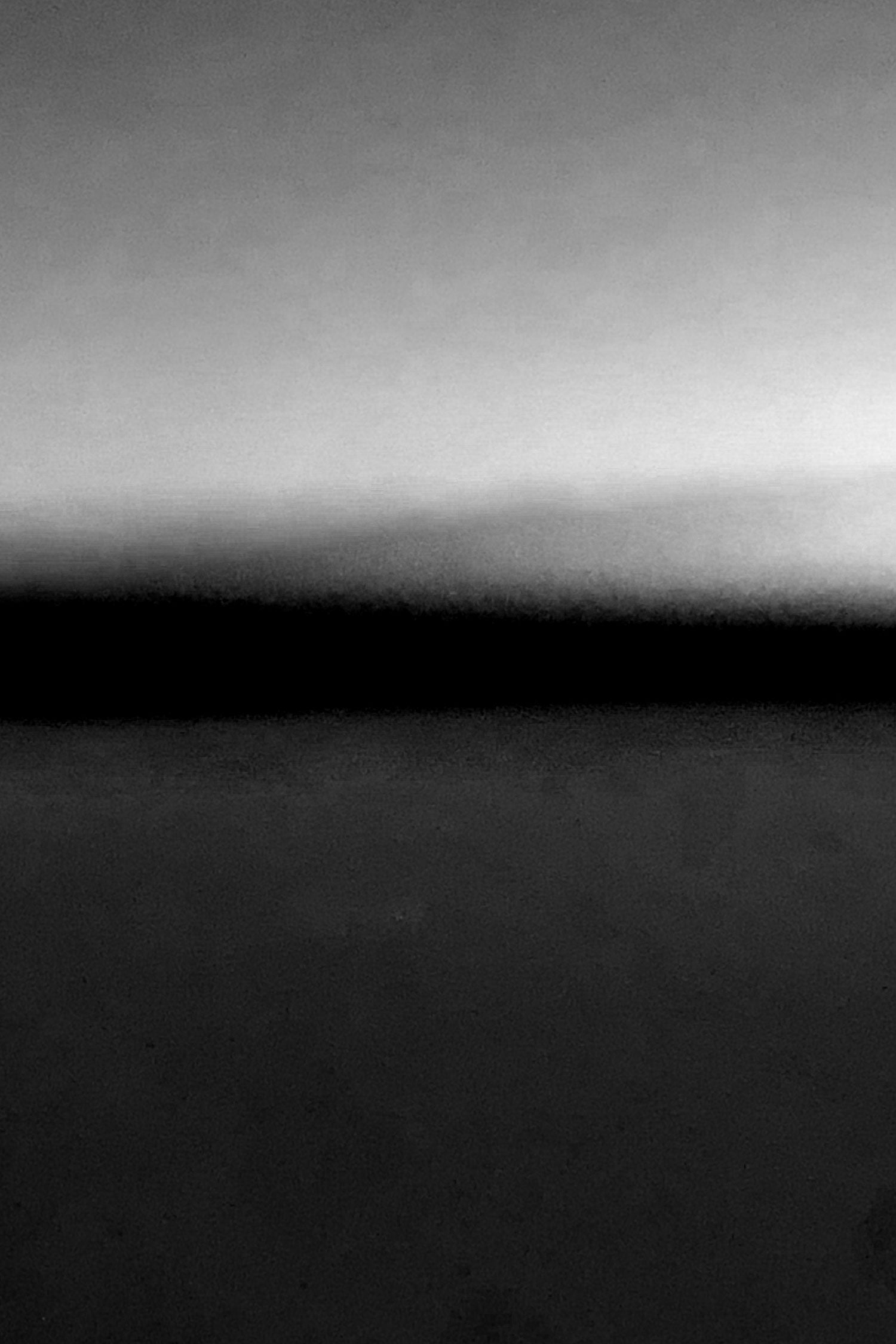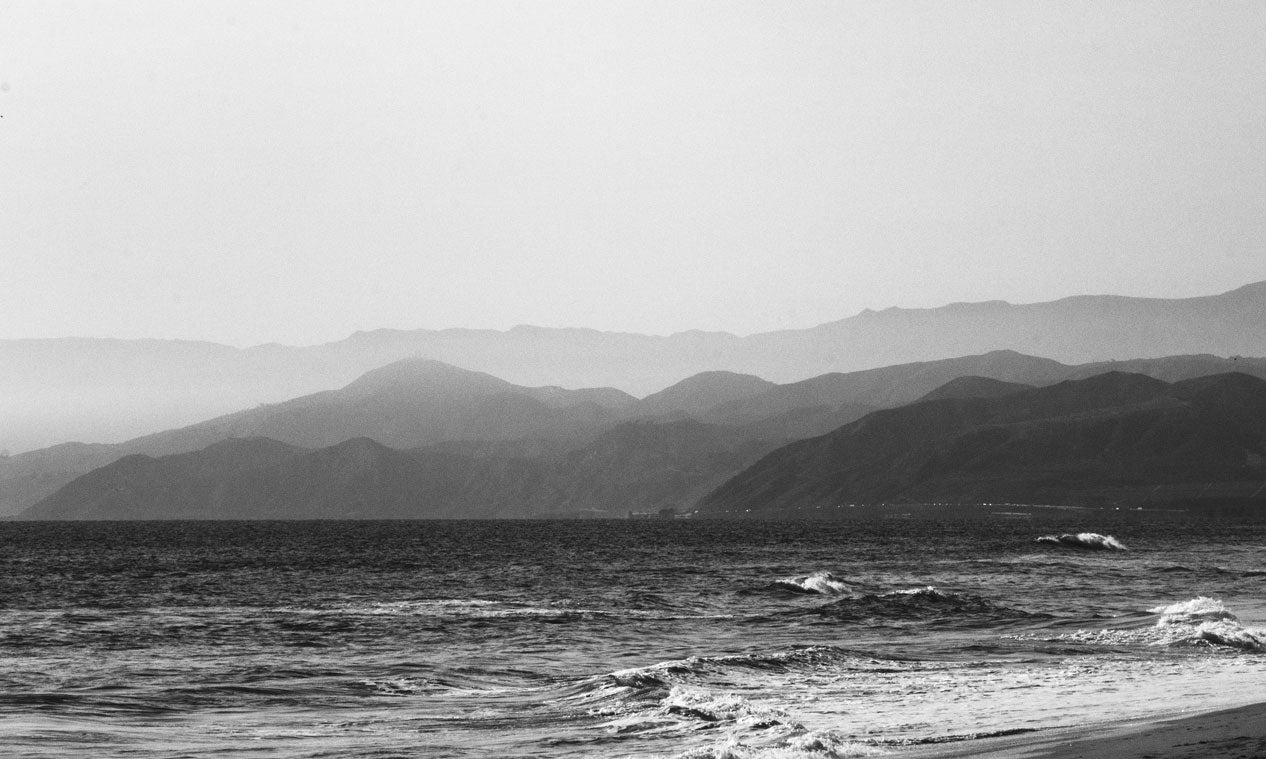Trichorrhexis nodosa is characterized by the production of nodes along the hair shaft, which are easily broken. The ailment was initially documented in 1852 by Samuel Wilks of Guy's Hospital, however M. Kaposi did not suggest the term trichorrhexis nodosa until 1876. In the end, trichorrhexis nodosa is a reaction to physical or chemical harm. Patients with normal hair may develop trichorrhexis nodosa if they are exposed to enough stress. Trichorrhexis nodosa can also be hereditary and manifest itself as excessively brittle, faulty hair after a minor damage. It is the most prevalent congenital hair shaft deficiency.
Because of hairstyling, it may affect the hair on the scalp, pubic area, beard, and mustache, and may be more noticeable in people of Afro-Caribbean origin. Trichorrhexis nodosa is an uncommon condition. Retrospective analysis of 129 hair-mount samples collected over a 10-year period from 119 patients revealed 25 cases of loose anagen hair syndrome, 6 cases of uncombable hair syndrome, and 13 patients with trichorrhexis nodosa.
African Americans are particularly susceptible to acquired proximal trichorrhexis nodosa, which appears to be genetically predisposed. Some people view it as an ethnic hair condition. Asian or White people are more likely than others to develop acquired distal trichorrhexis nodosa. Females are affected with acquired proximal trichorrhexis nodosa more frequently than males.
Trichorrhexis nodosa that is congenitally present at birth or that develops within the first few months of life. Patients with the late variant of argininosuccinic aciduria may develop it when they are 2 years old or older.
Treatment
Trichorrhexis nodosa is treated by addressing the underlying cause, upholding good hair care routines, and using certain hair products. There may be a noticeable improvement once all unneeded trauma has been avoided.
Trichorrhexis nodosa can be brought on by a number of things, including hereditary abnormalities, thyroid problems, iron deficiency anemia, and nutritional deficits. In order to manage trichorrhexis nodosa, the underlying cause must be found and treated.
Avoiding severe hair treatments like chemical relaxers, hot combs, and hair dyes is crucial to preventing further harm to the hair. Additionally, it's crucial to stay away from high heat style methods like blow-drying and flat-ironing because they might harm hair even more. Regular hair trimming can help eliminate broken ends and prevent further damage to the hair.

*microscope image displaying the broken nodes along the hair shaft




